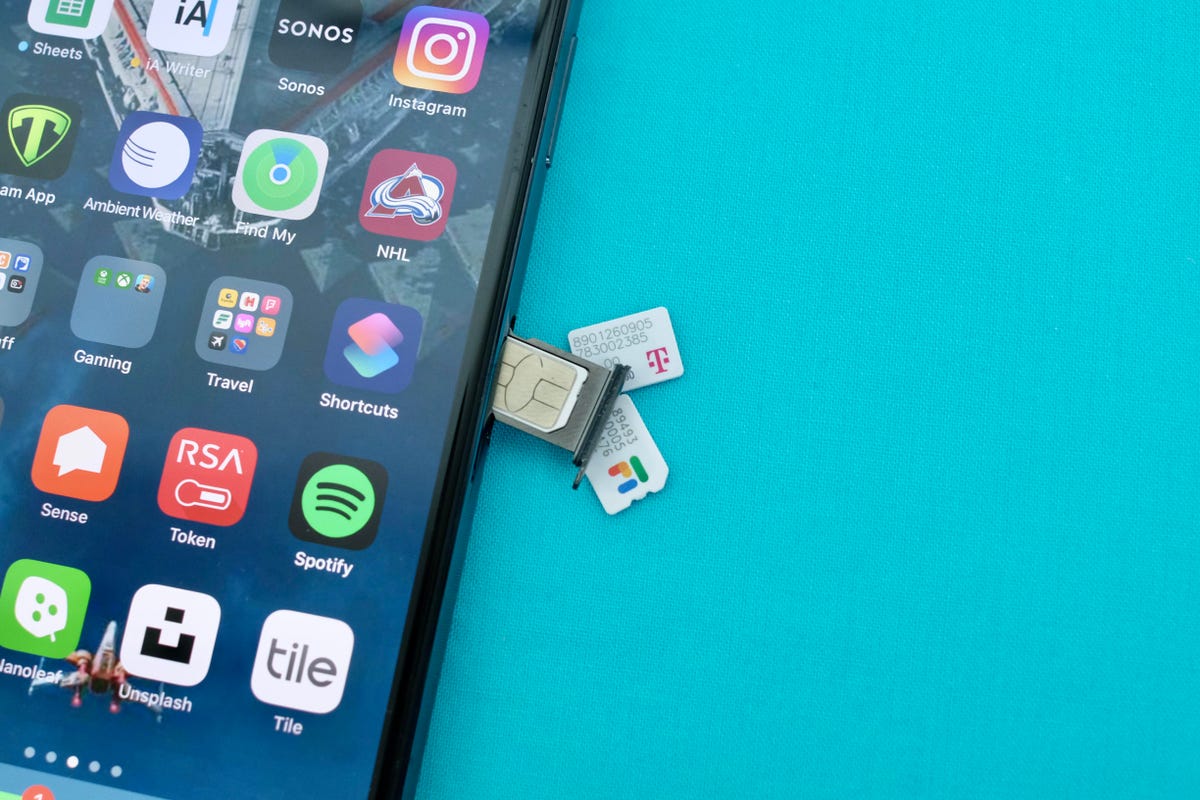 Why You Can Trust CNET
Why You Can Trust CNET
Traveling with your phone has gotten better in recent years, but it can still get costly. While roaming in Canada and Mexico is included by all three major US carriers, going beyond North America can be expensive, particularly if you want faster than 3G or 2G speeds that aren’t helpful for much more than light messaging, navigation and email checks.
The rise of the eSIM has also made the need to hunt down a physical SIM card a thing of the past as most modern phones can get you a local SIM card in seconds through an app. Though with the increased length of installment plans, you may save money by paying the roaming fees and keeping your trade-in credits for more valuable things than paying to unlock your phone.

Sound confusing? Let’s try and clear things up.
What are the best phone plans with international roaming?
While we’re going to focus this section on US carriers, many of the other tips could be applied to those traveling in from other countries.
In the US, my pick for the best plan for frequent globe trotters is Verizon’s Unlimited Ultimate. The carrier’s latest, most premium unlimited plan takes a page from T-Mobile’s playbook and includes international texting and data in over 210 countries (neither includes voice, though you can get around that by using WhatsApp, FaceTime or other messaging apps’ voice-calling features).
Verizon, unlike T-Mobile, lets you “mix and match” plans for different lines on your account which could be helpful for those on family plans. This means that you can have one line on Ultimate for the month when you’ll be traveling while keeping the other lines on more affordable Unlimited Plus or Welcome options. You can also lower the line on an Ultimate plan down to a more affordable one when you aren’t traveling, though if you also get an upgrade during this time moving away from the Ultimate plan could affect any new phone deals you may have taken advantage of (Verizon’s best upgrade offers are generally now tied to its priciest unlimited plans).








